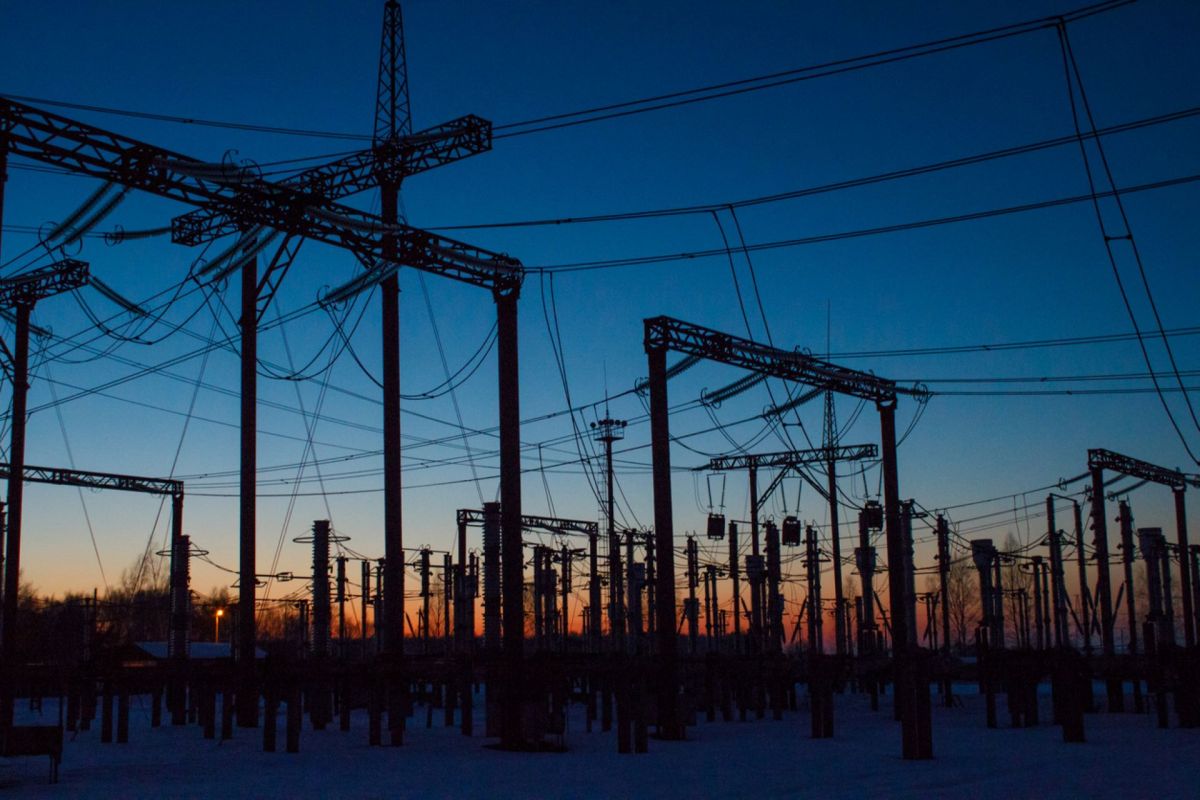Power outages can have life-threatening consequences, but new analysis reveals a concerning disparity in how quickly electricity is restored.
What's happening?
As detailed by the Guardian, researchers at Georgia Tech discovered that outages lasted an average of three hours longer in communities with lower socioeconomic ratings, as defined by the Centers for Disease Control and Prevention. The social vulnerability index takes into account factors such as race, income, education, vehicle access, and housing type.
"The common perception that more economically vulnerable communities experience longer power outages is consistent with the data," Scott Ganz, the paper's lead author and current Georgetown University professor, told the news outlet.
The study, which was published in the journal Nature Communications, analyzed outage records in nine Southeastern U.S. states following eight significant hurricanes from 2017 to 2020.
"This is a very large geographic area, and a lot of storms over a large number of utilities. These are not ad hoc patterns or specific to a particular context," Ganz added.
Why is this important?
Without power, people don't have access to air conditioning or heating, which leaves them susceptible to weather-related conditions like heat stroke or hypothermia.
Access to clean water and safe, unspoiled food can also be cut off, and people who rely on electrical medical devices are especially at risk. For those in lower-income communities, who aren't as likely to evacuate during severe weather, replacing those items can be an extra burden or impossible in the immediate aftermath.
The U.S. Department of Energy notes that weather-related power outages have grown by almost 80% since 2011, and while an aging electric grid is part of the issue, extreme weather events have become more severe and frequent as a result of an overheating planet. The changes in our climate are mostly due to pollution from dirty fuels such as oil, gas, and coal.
What can be done about this?
Developing a more climate-resilient electrical grid can limit the impact of severe storms. Solar- and wind-powered microgrids, for example, can help keep the lights on during emergencies, and both are forms of clean energy that generate no planet-warming pollution that leads to the uptick in dangerous weather.
Additionally, some cities are forming "resilience hubs" to assist with post-disaster needs. Baltimore now has 18 such hubs in low- and middle-income neighborhoods, while Orlando, Florida, is upgrading six neighborhood centers to assist the most vulnerable, as reported by the Guardian.
"We looked at things like income, internet access, and energy burden, or how much a person's income is spent on energy costs … to make sure we're helping the people who need that help the most," Mike Hess, Orlando's director of sustainability, told the outlet.
Join our free newsletter for cool news and actionable info that makes it easy to help yourself while helping the planet.









